

The Vitra Design Museum tells the story of our interios
How have the interiors of our homes evolved over the past 100 years? The answer finds ample space in “Home Stories. 100 Years, 20 visionaries interiors ", a large exhibition organized and hosted by the Vitra Design Museum, which opens on February 7th, with the aim of starting and fueling a discussion on how our interiors have changed over the years and what they are ( and have been) the drivers of this change. And there could not have been a better venue than the museum housed on the Vitra campus, a place where every furniture designed and produced turns into an icon. A few examples? Verner Panton 's , George Nelson 's Marshmallow sofa, Charles & Ray Eames ' Armchair, to name a few. The exhibition is divided into 4 captivating paths that lead the visitor on a journey through time through aesthetic taste, customs, economic, social and political changes, showing how the evolution of these factors has translated into a different way of designing and living home interiors.
On the cover: Karl Lagerfeld's house in Monte Carlo with the furnishings of Memphis, Monaco, 1982 © Jacques Schumacher.
The first track is titled "Space, Economy and Atmosphere: 2000 - Today". It describes the change in the idea of home that we are experiencing today: with the prices of properties increasing, the consequent reduction of living spaces and therefore the search for ingenious solutions to contain everything that is needed in a few square meters. This also translates into "liquid" housing solutions - in which the same environment takes on different functions at different times of the day - and shared with the growing community housing projects.
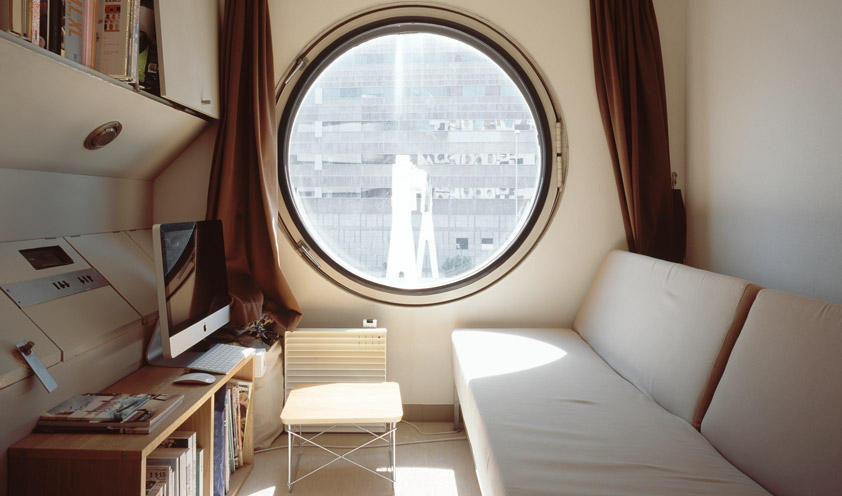
The second path is entitled "Rethinking the Interior: 1960 - 1980". The aesthetic revolution of the Memphis group is at the center of the "postmodern" house narrated in this section of the exhibition. This is the period of the very first lofts, with multifunctional furnishings and great experimentation with materials, shapes and colors. As evidenced by the installation "Phantasy Landscape" created by Verner Panton in 1970 for the Visiona 2 exhibition and reproduced here in full size inside the fire station designed by Zaha Hadid on the Vitra campus.

In the picture: Verner Panton, Phantasy Landscape © Verner Panton Design AG, Basel The third path is entitled "Nature and Technology: 1940 - 1960".
We are in the second post-war period when interior design begins to become a state matter and many countries lay the foundations for what will be the ideal model of a bourgeois house for many decades (and still today). It is also the period in which Scandinavian furnishings spread around the world, in particular those of Finn Juhl, alongside architectural approaches such as that of Lina Bo Bardi.
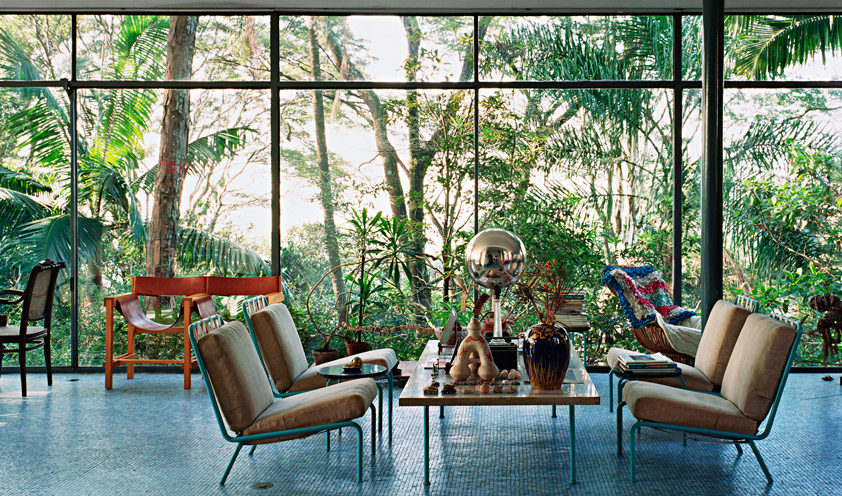
In the picture: Lina Bo Bardi, Casa de Vidro, São Paulo, Brazil, 1952 © Nelson Kon, 2002
The fourth path is entitled "The Birth of the Modern Interior: 1920 - 1940". These are the first years of modern design, years in which the interiors begin to take on the shape they will keep up to the present day. In recent years, the debate has begun on the need for popular housing and affordable furnishings, but these are also the years in which, for example, Mies Van Der Rohe created one of the first examples of open space, with furnishings specifically designed for this kind of space. While Elsie de Wolfe, one of the first professional interior decorators, carries on her vision of interiors as a representation of the personality of those who live in them.
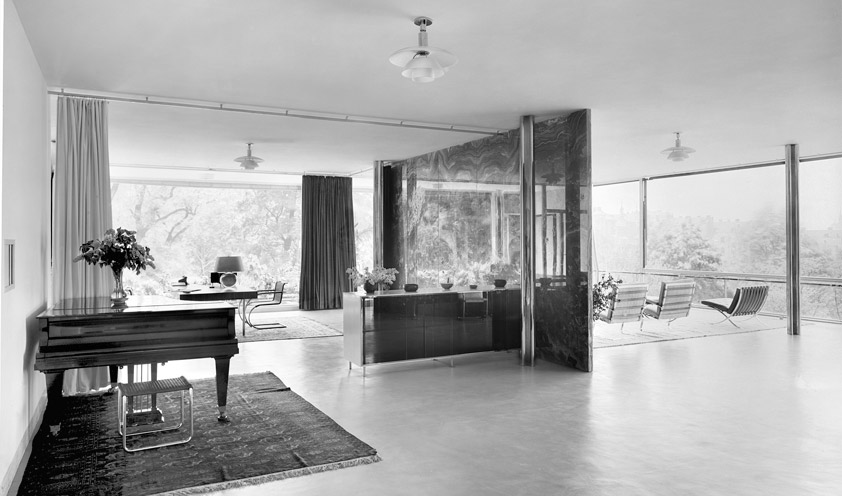
In the picture: Ludwig Mies van der Rohe, Villa Tugendhat, Brno, Czech Republic, 1930 © Archive Štenc Praha / VG Bild-Kunst Bonn, 2019
Functionalism and decoration are the two poles among which the interior design has always been swinging in search of an answer to the question "how do we want to live?". The exhibition of the Vitra Design Museum perhaps does not provide an absolute answer to this question, but it is certainly a dutiful excursus of all the most interesting solutions given by the world of architecture in the last 100 years.
Subscribe to our newsletter to get the latest trends in design and our experts' tips about furnishing and to not miss our exclusive and reserved promotions! Do you need help? Our design service is at your disposal to help you decorate your home with a unique style: your own. Contact us sending an email to [email protected] or calling +39.090.6258945.

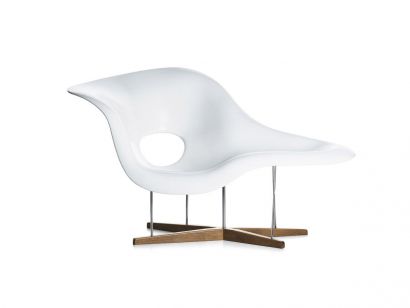
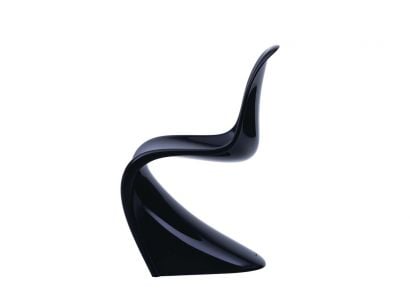
By creating an account with our store, you will be able to move through the checkout process faster, view and track your orders in your account and more.
Login with
or else
Be inspired by the best international design.
By creating an account with our store, you will be able to move through the checkout process faster, view and track your orders in your account and more!
Subscribe to our newsletter and you will receive a 10% discount coupon to use on your first order. You will also be informed about design novelties, promotions and the most interesting news about the design world. A lot of surprises, special discounts and bonus are expecting you!